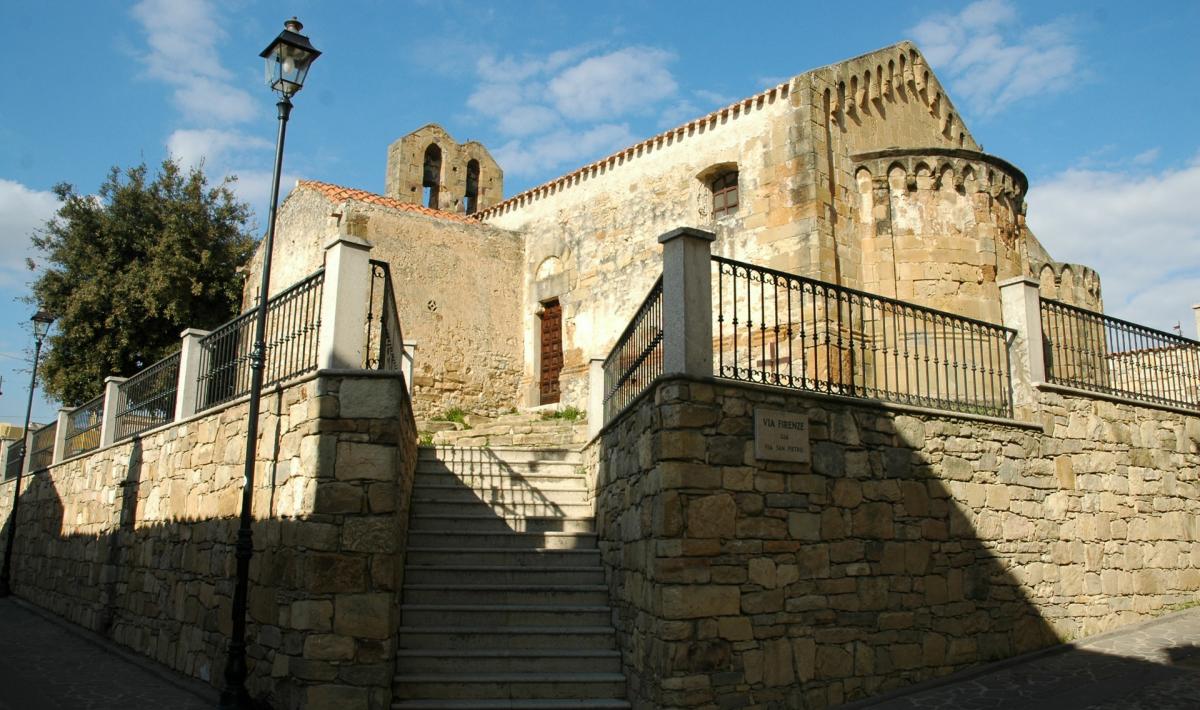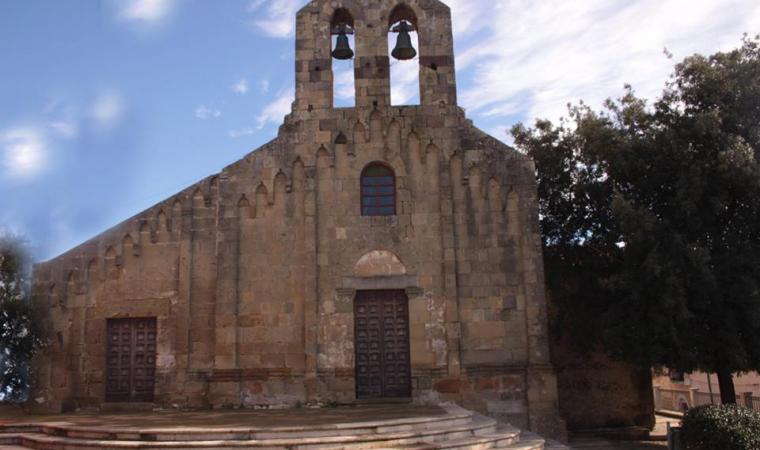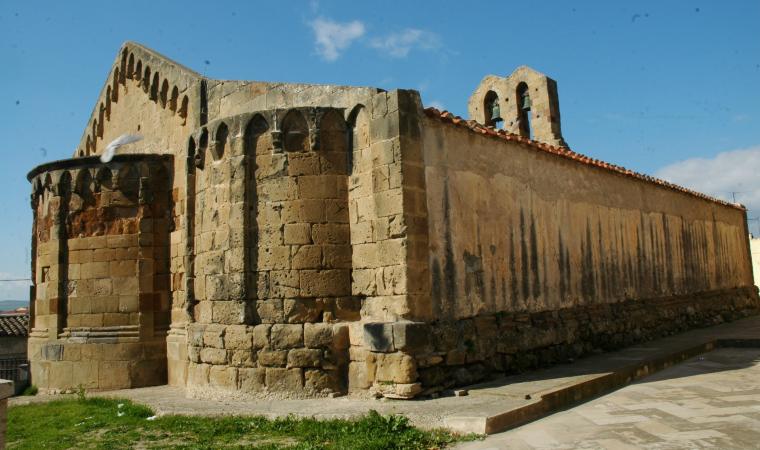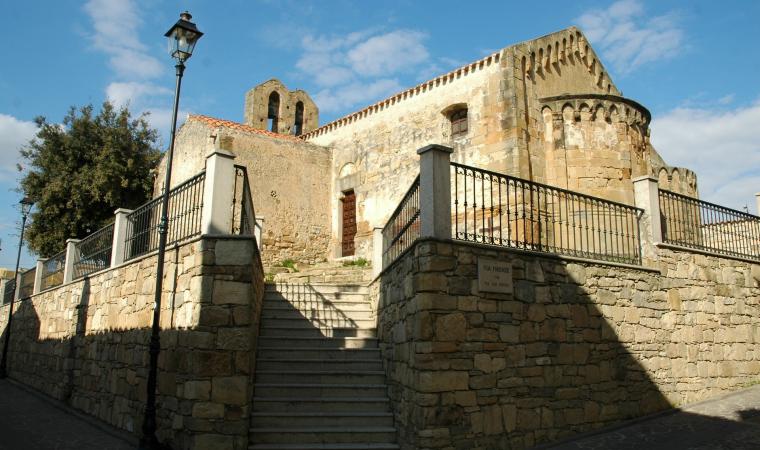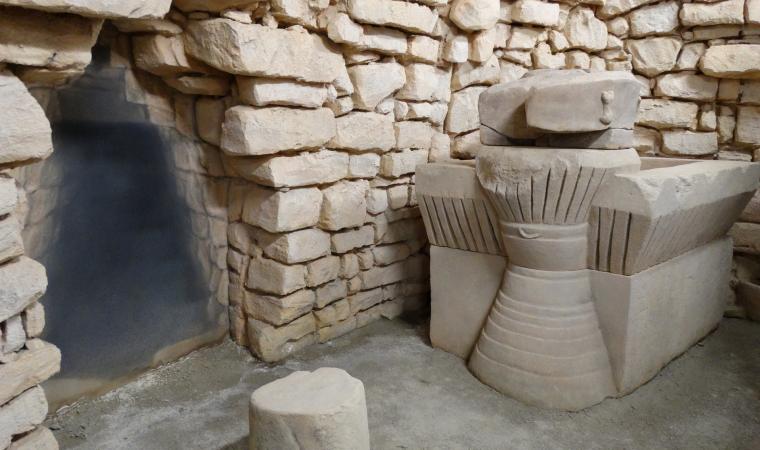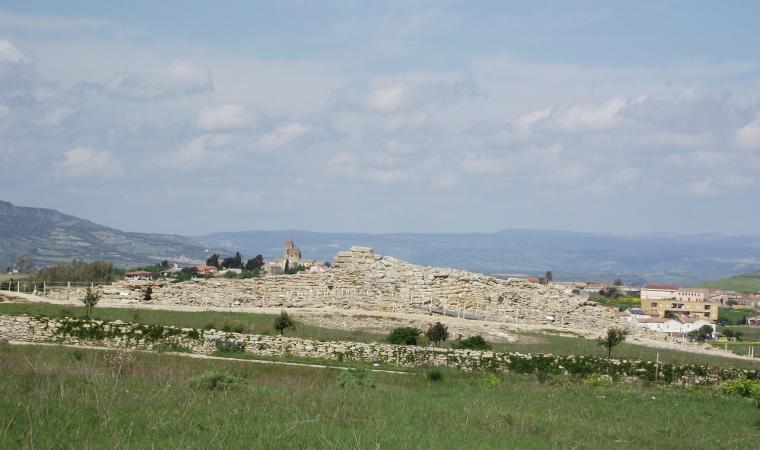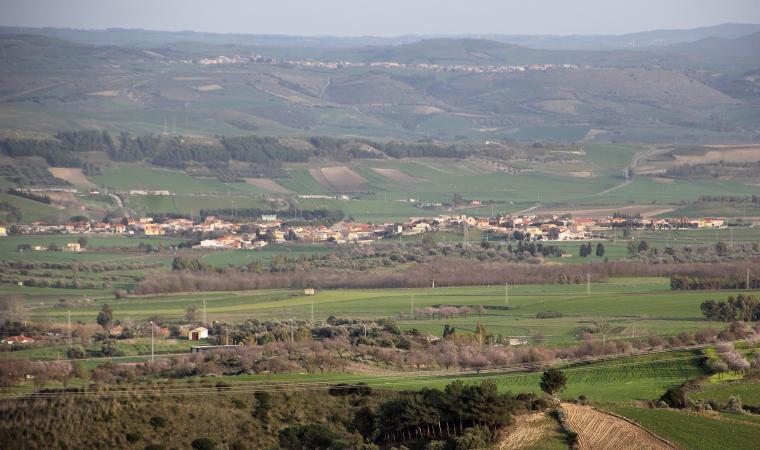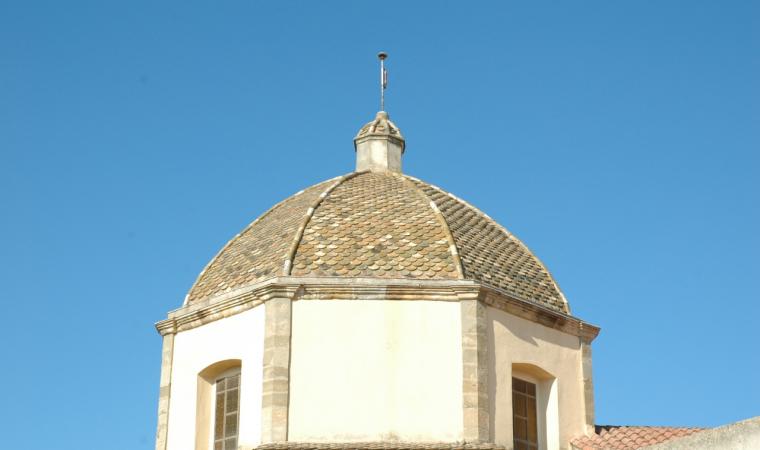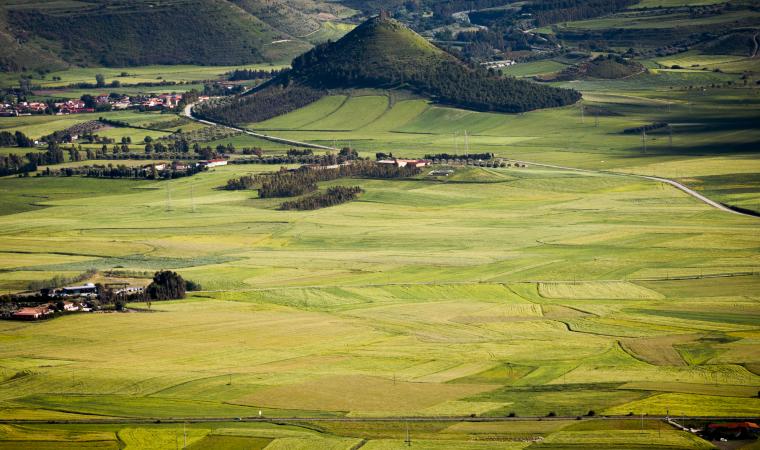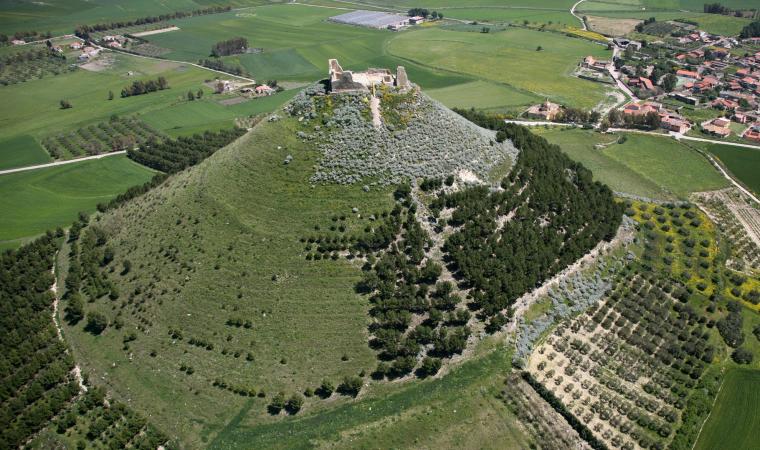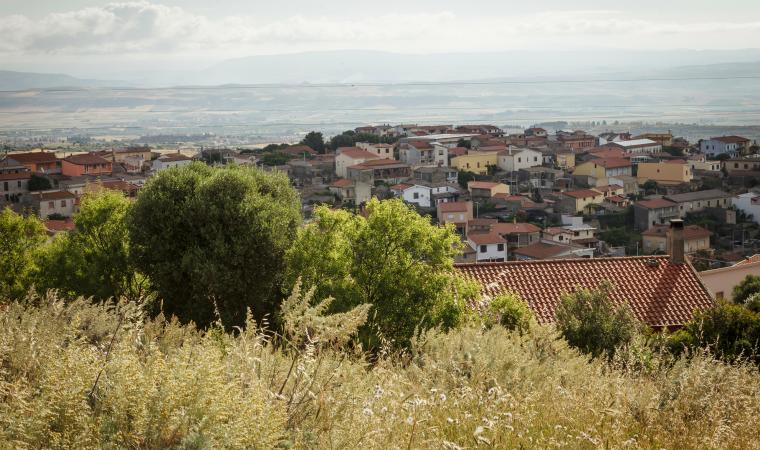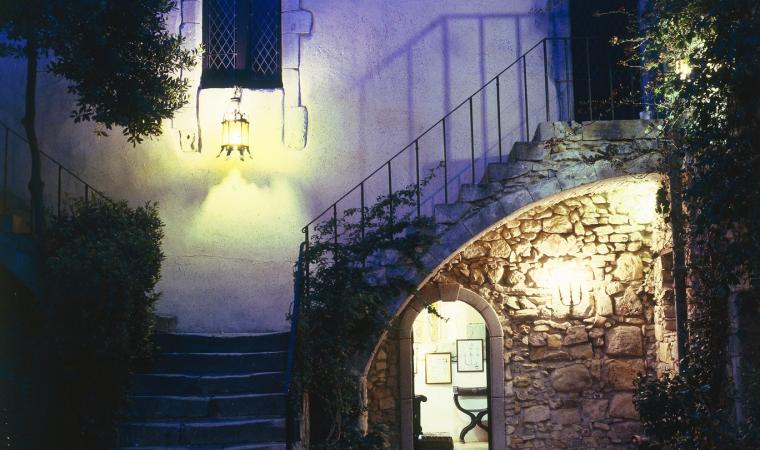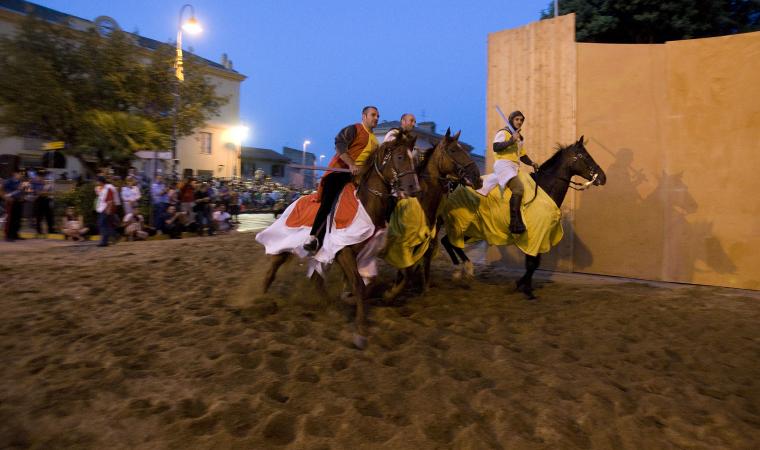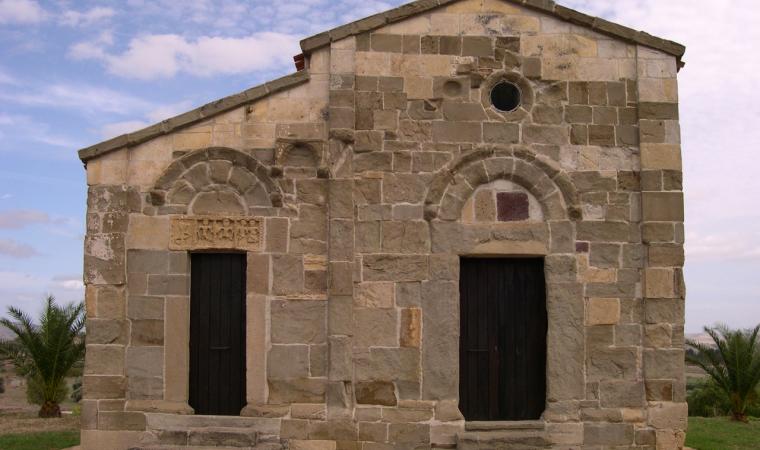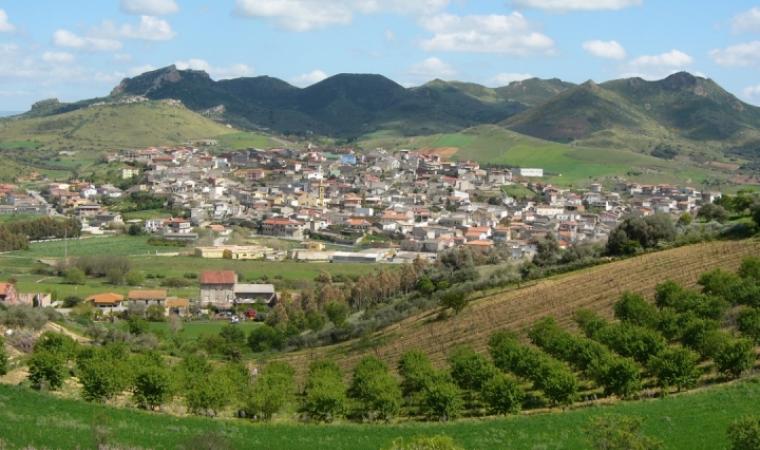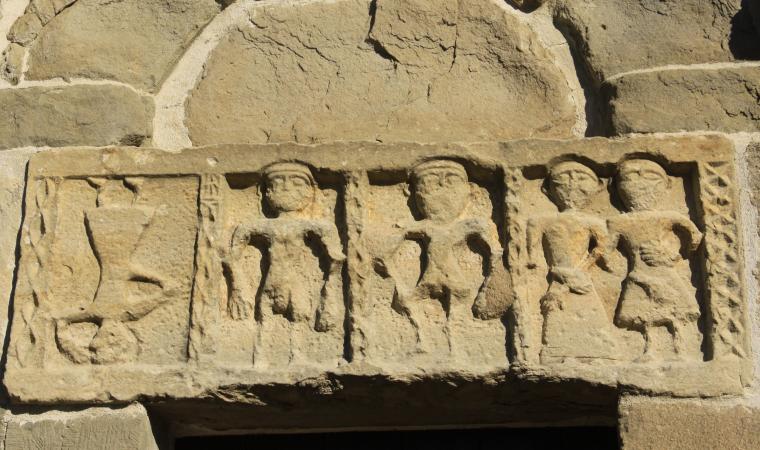In the 13th century, the town then known as Mara Arbarei rose up between two rivers, Riu Mannu and Riu Cani, which rendered its land fertile. Villamar is an agricultural hub with fewer than 3,000 inhabitants that lies on the sweet hills of the lower Marmilla area, bordering Trexenta. Its 'golden age' came in the Middle Ages, first under the Giudicato of Arborea, then the Crown of Aragon. It was the crossroads of the wheat routes between Mediterranean islands - in the 16th century, it was colonised by merchants of the Balearic Islands, who bequeathed the Majorcan quarter, a symbol of a Hispanic past to which is dedicated the exhibition Sulla via del Grano held in the former library. Villamare's multi-ethnic culture is characterised both by modern murals painted by Chilean exiles and in the local artistic expressions. Another important exhibition is that of handicrafts and sculptures at the end of August. The greatest archaeological remnants are contained within the town, with a Punic necropolis, of which chamber and pit tombs have been revealed, some with paintings on the walls, others with geometric motifs, accompanied by grave goods. There is evidence that the territory was inhabited at least since the 2nd millennium BC. Twelve Nuraghes remain from the Bronze Age.
The Majorcan Quarter is in the historic centre comprised of traditional houses build in stones and mud bricks, precisely in between two of Villamar's eight churches: Church of San Pietro and the parish church of San Giovanni Battista. The first, in sandstone and vulcanite, has a two-nave layout, the first of which was built in the second half of the 13th century, the other shortly thereafter. The parish church, built on a pre-existing Romanesque building (13th century) whose traces can be seen on the façade, is the result of a 16th-century reconstruction (according to Gothic-Catalan canons) and subsequent restoration and expansion. The high altar, an 18th-century work in polychrome marble, houses the imposing altarpiece of the Madonna del Latte (1518), one of the main works by painter Pietro Cavaro, consisting of various panels depicting scenes from the life of Jesus and Mary, the apostles and saints. Other important buildings of worship, both from the 16th and 17th centuries, are the church of Antiochia, which safeguards statues a cannuga of Spanish tradition and of sculptures of saints carved in wood and in polychrome, the church of the Beata Vergine d’Itria, in an isolated position between cultivated fields three kilometres from the town, built in late-Gothic forms with a Spanish influence. At the end of August, the Blessed Virgin is also celebrated with a procession preceded by knights, traccas (decorated ox carts) and the faithful singing is coggius. Another heartfelt religious celebration is for Santa Maria (at the beginning of September), with an adjoining poetic competition and an equestrian race.

